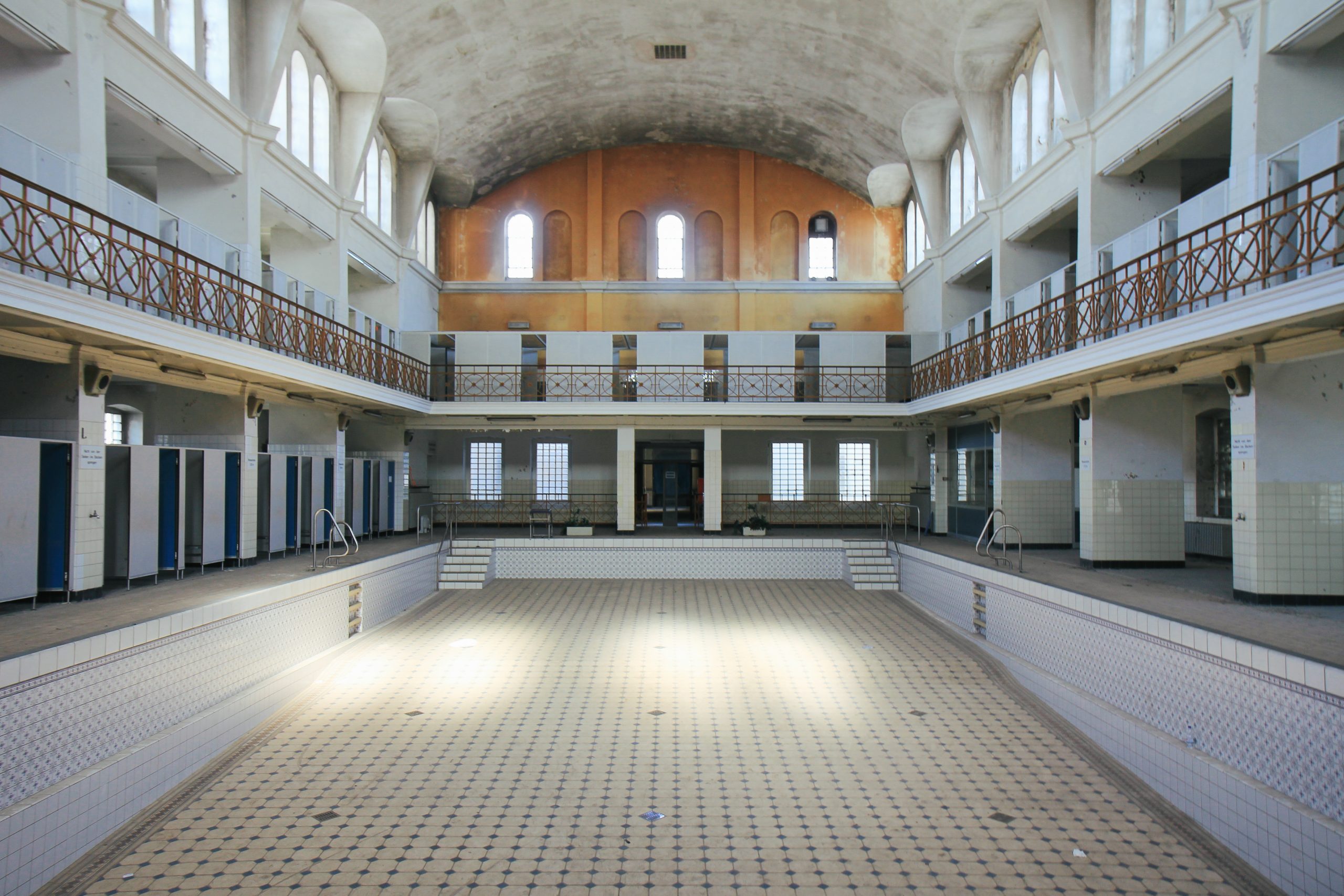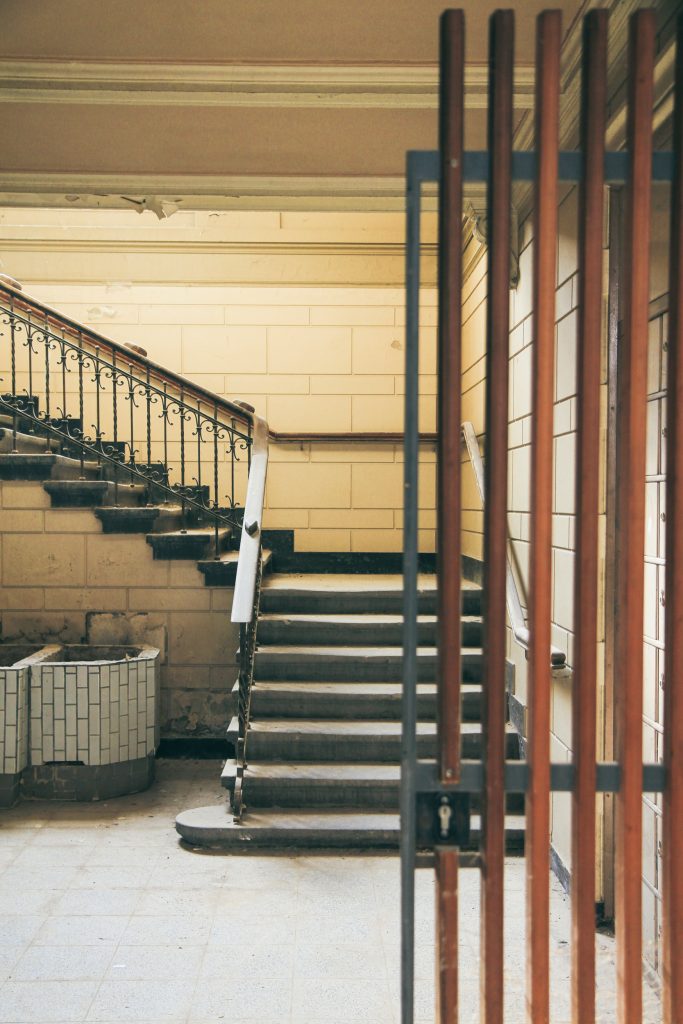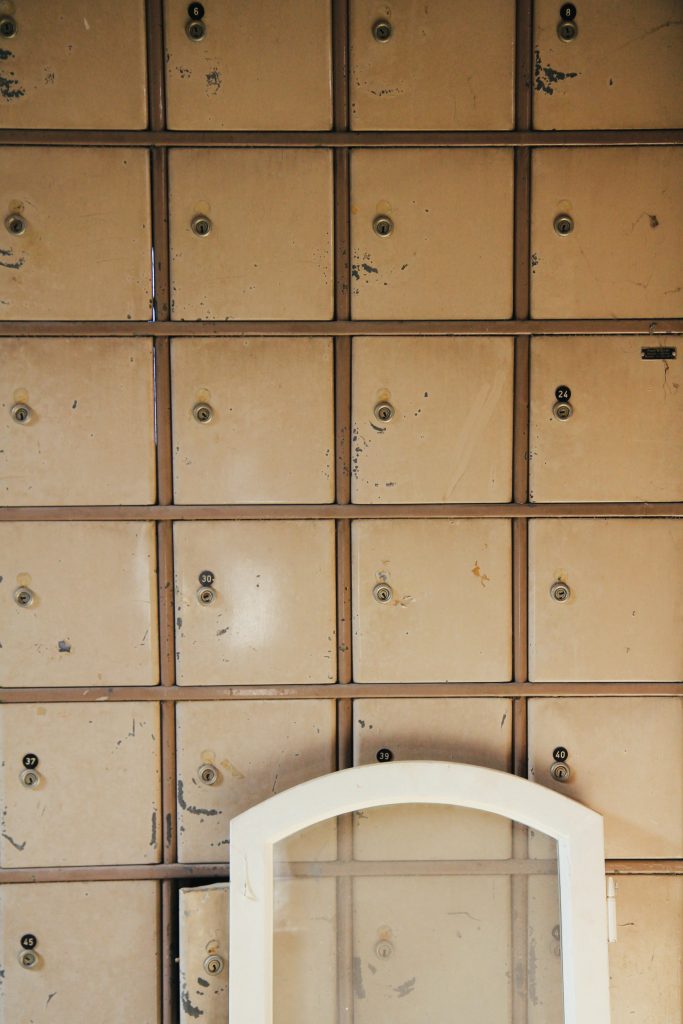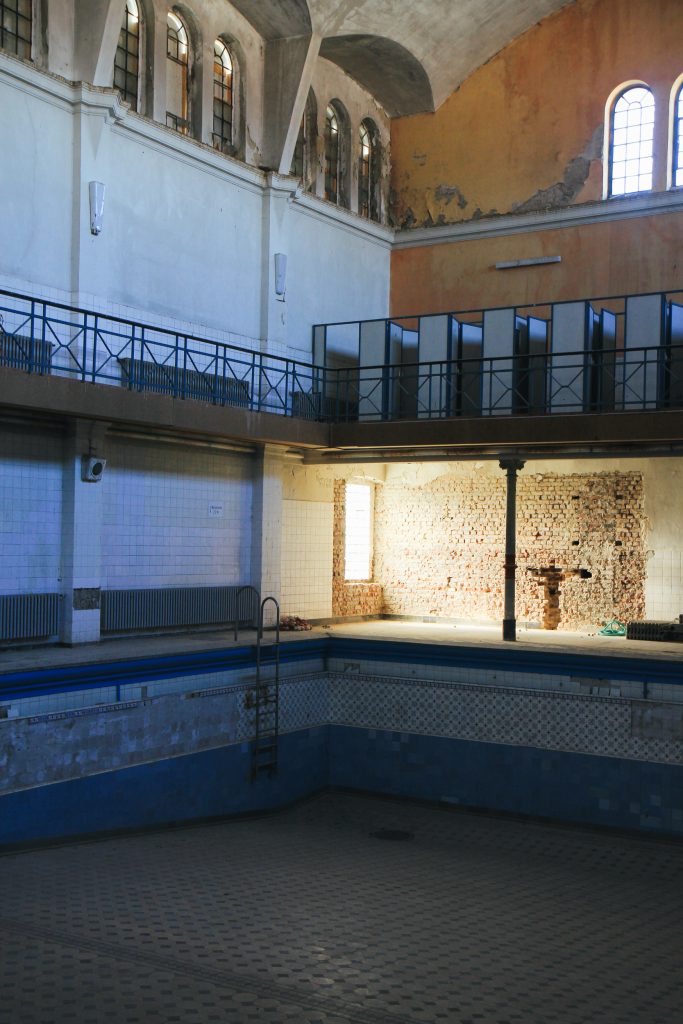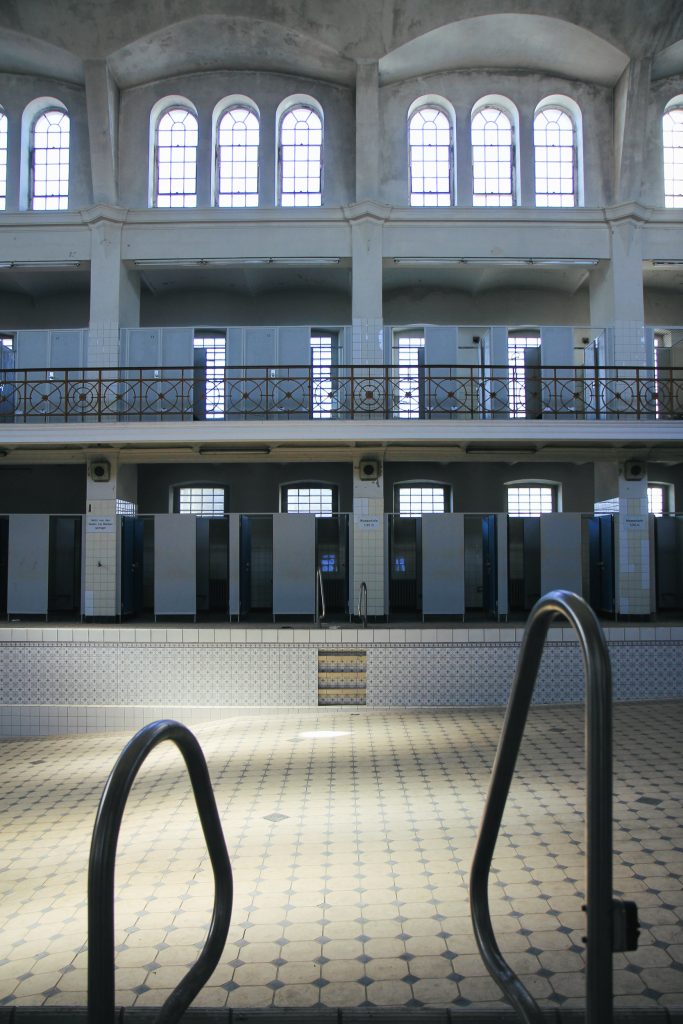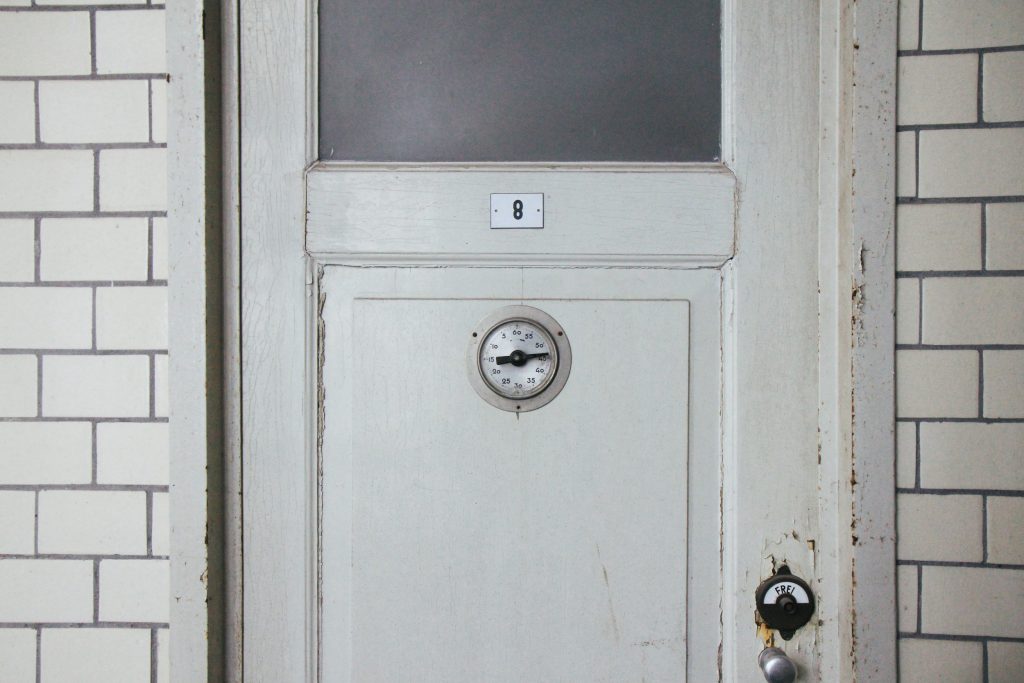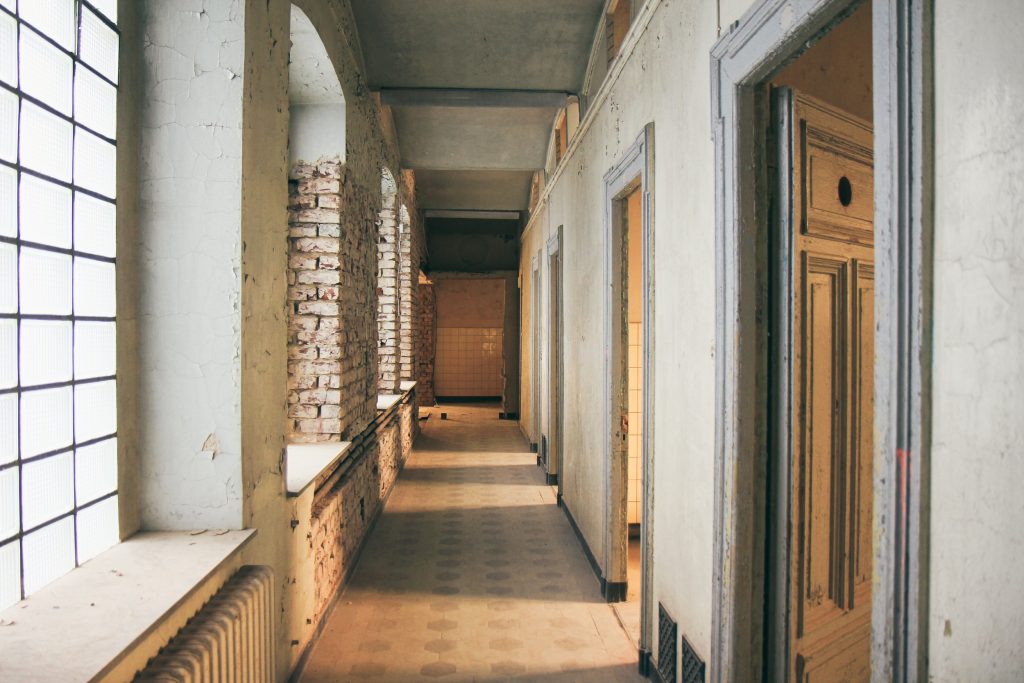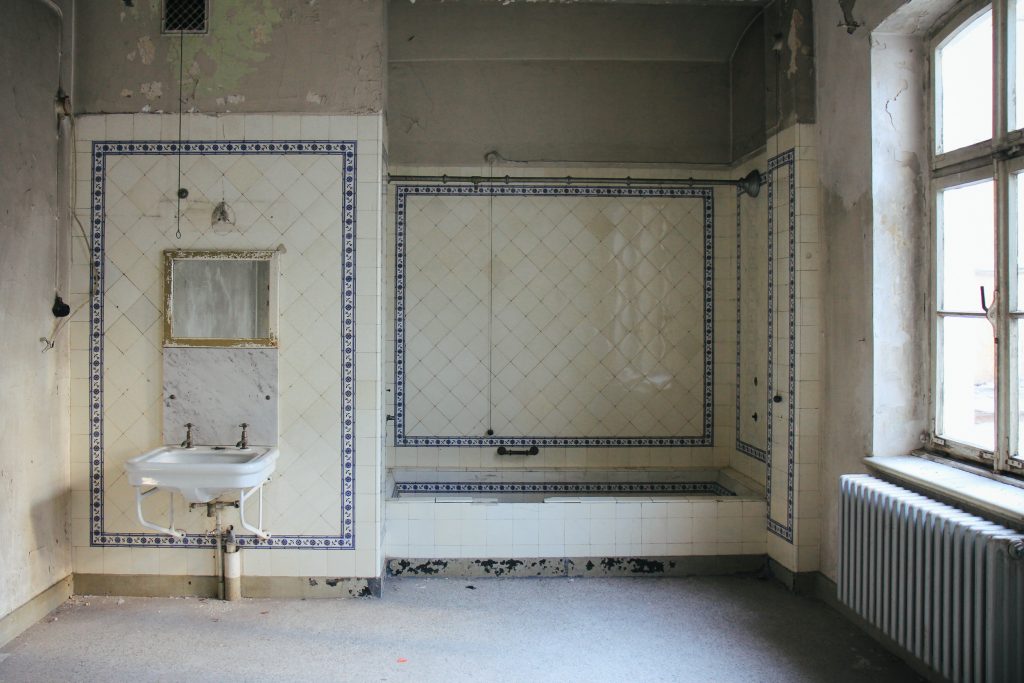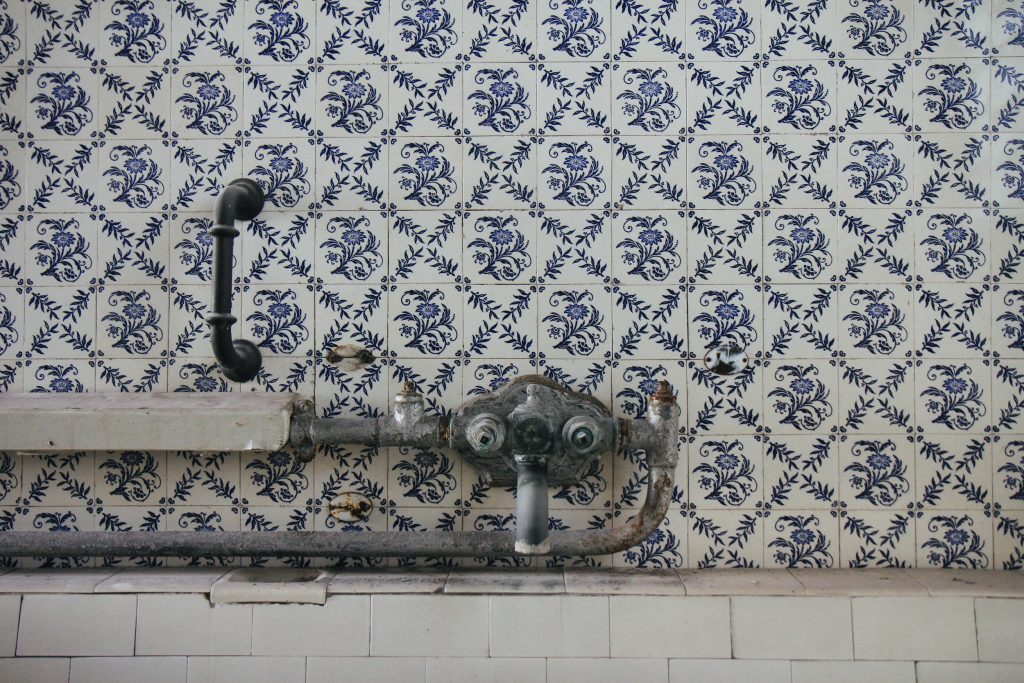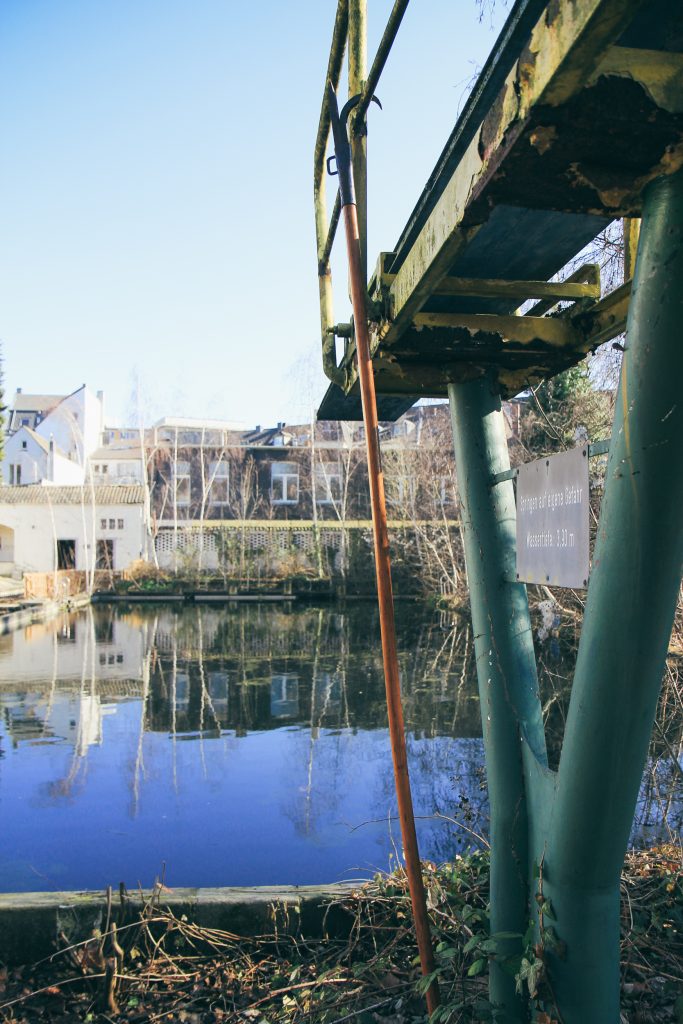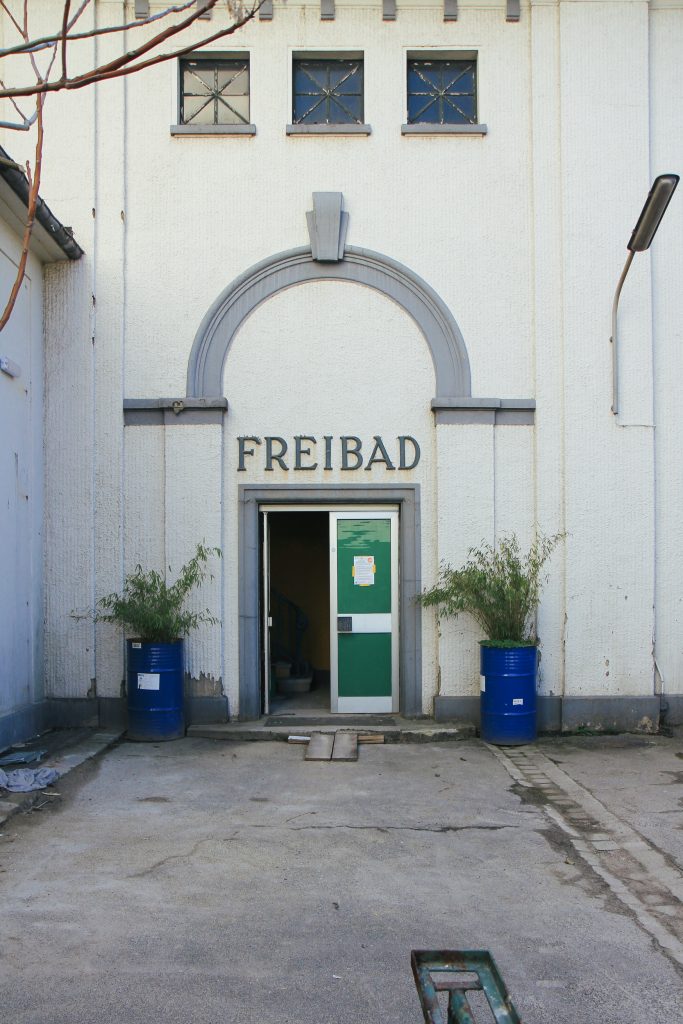On a Photo Safari in the Abandoned Stadtbad Krefeld
The greengrocers, nail salons, and budget shops in the pedestrian zone conceal the Krefeld Stadtbad, a proper jewel from days long past. Once probably the most opulent bath in the Prussian Empire, it has become a lost place, film set, and cultural venue now. I must have walked past the rather inconspicuous façade innumerable times in my youth as I went along my shopping trips, never suspecting what it concealed. All of that is about to change now, since I am going to meet with Marcel Beging and Katrin Mevissen of the Freischwimmer e.V. association, who want to show me what the building is harbouring inside and how they, as a citizens’ initiative, want to breathe new life into its old walls.
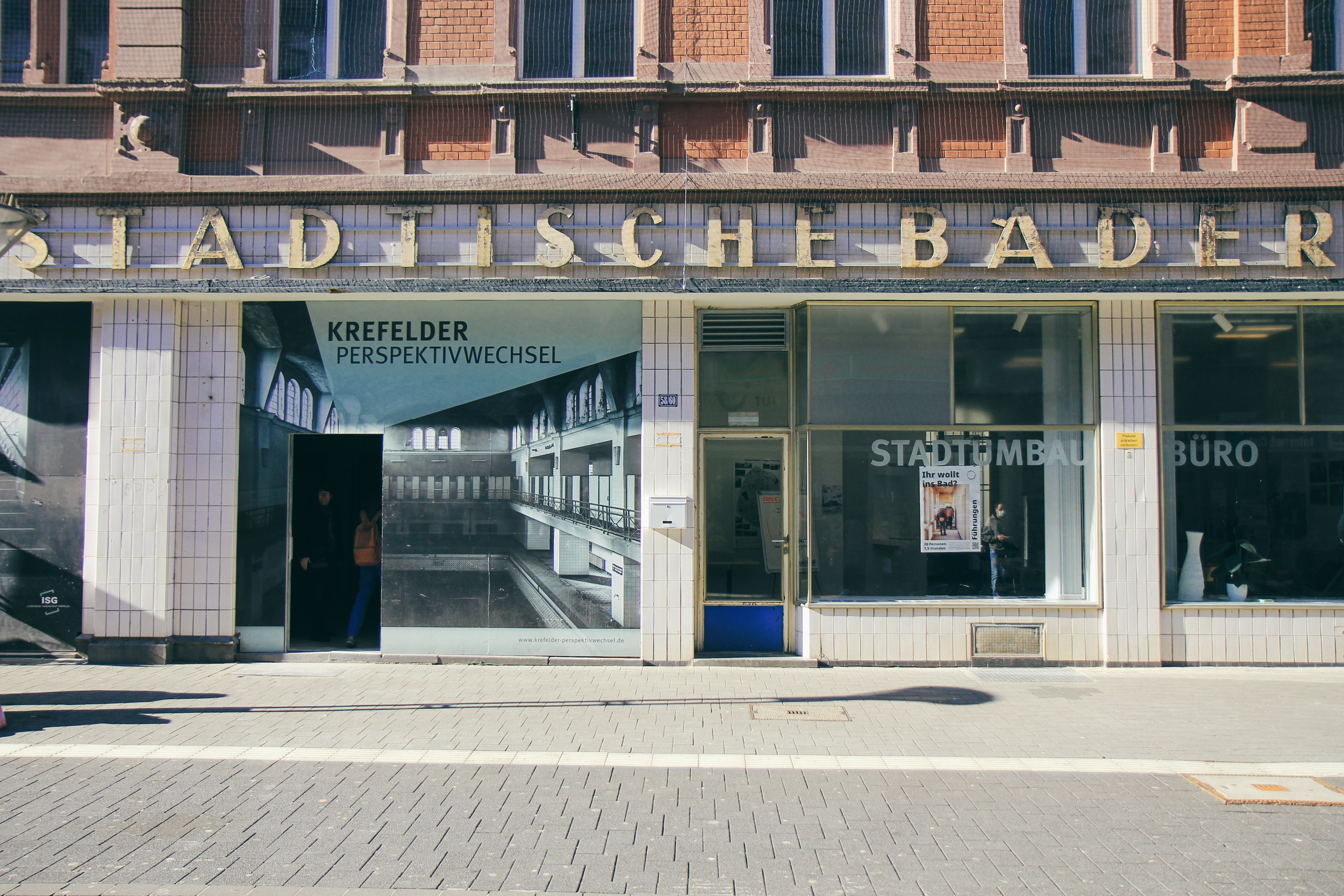
The Stadtbad was built in 1890, launching Prussian bathing culture. Every citizen was to have the opportunity to bathe once a week by public decree. The city of Krefeld, made rich by silk trade at the time, built an art nouveau bathing palace with separate baths for men and women and about a hundred bathing cabins with showers and tubs. Krefeld wanted to be known during the Imperial days, making it nothing but logical that the Stadtbad was considered the most beautiful one of its kind in the entire German Empire. The bath was in operation for more than a century before it closed its doors to the public in 2000. It had become too old, too unfashionable, and too expensive.
Since she has many memories associated with the public bath on Neusser Straße, I brought along my mother, who used to go swimming here with her grandmother as a little girl back in the 1960s. She remembers the old ticket office, the stairs leading up to the indoor pools, and the ornate art-nouveau tiles as soon as she enters the building. She can’t conceal her amazement.
“The hairdresser cut my bangs once when I was little! When my hair was wet, my Grandma thought they were too long. After that, they were too short. I did get jelly babies for it, though!” my mother tells me about the hairdresser’s salon in the bath. “It was a proper institution in town back then,” Katrin Mevissen tells us.
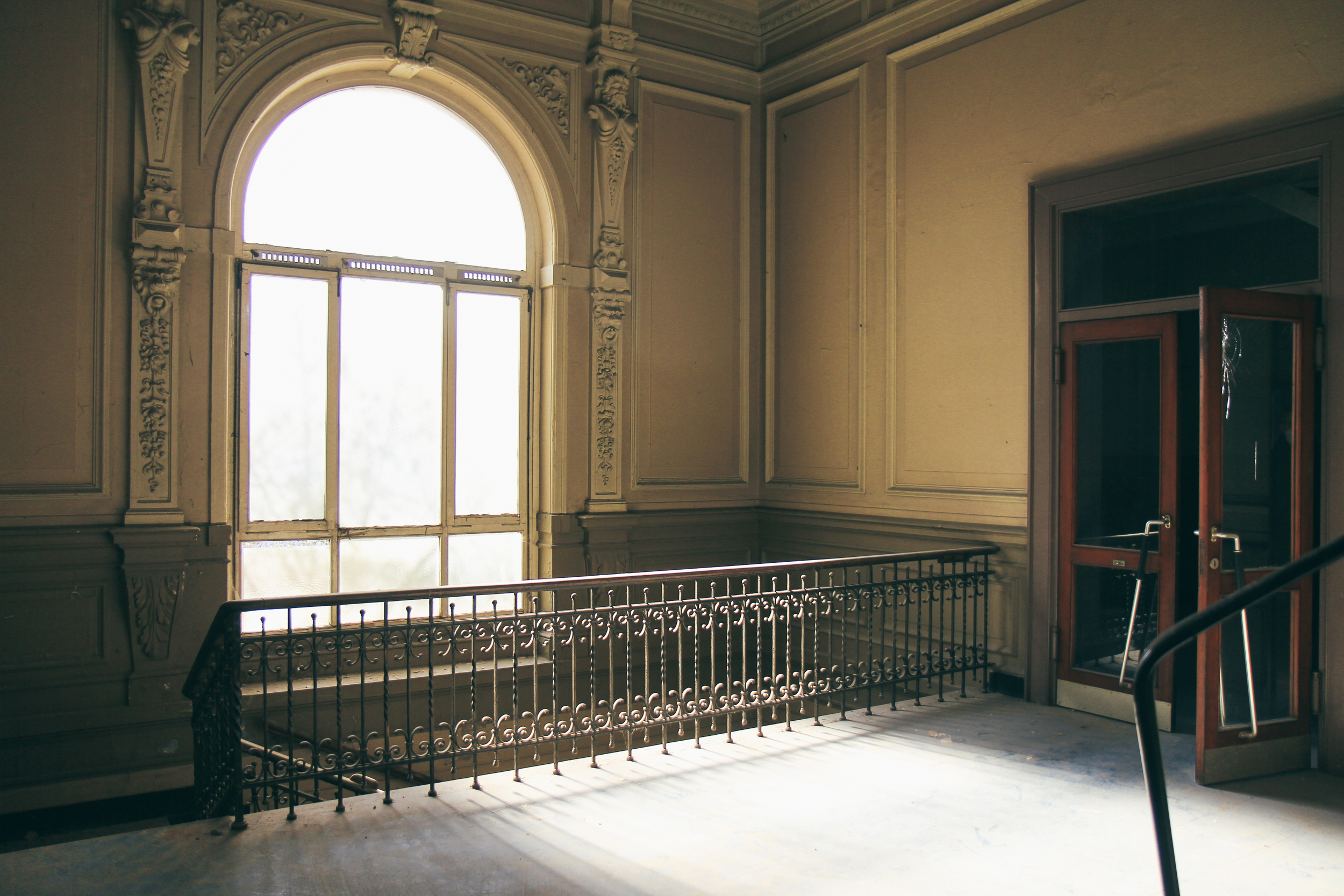
Virtually everyone in Krefeld has a story like this to tell about the Stadtbad. As a result, a citizens’ initiative was founded in 2018 to fight for the preservation and further use of the building, and to offer guided tours like this one. We pass display cases with posters from times long past. Weeds are growing through the windows and a thick layer of dust conceals the colourful floor tiles.
First, we climb up to the first floor with the two swimming halls of the former men’s bath and the slightly smaller women’s bath. The area once reserved for people swimming segregated by gender is now available as a venue of cultural events such as theatre, music, and other performances. I am looking at a veritable architectural photo playground of light and shadow, shapes, and colours. My mother remembers her first swims here.
Our tour leads through a small labyrinth of corridors and virtually hundreds of doors to individual bathing cabins of various categories. Some of these are decadently tiled and contain spacious tubs, while others are equipped with nothing but a bare shower. This is an area of the bathroom that remained rather hidden from visitors like my mother in later years, but that was particularly relevant when the building was new. Most people did not have their own washing facilities at home then after all. The cabins will look familiar to many nevertheless, as they were seen in the Babylon Berlin TV show. The Stadtbad frequently serves as a film set and was recently the site of a spectacular showdown for the new Dortmund “Tatort” (the probably most popular crime television series in Germany).
The Kaiserbad is the focal point and namesake of this complex. Though built and equipped with the best of the best, the most beautiful decorations and tiles, just in case the German Emperor came to visit, he never bathed here.
Let us finally talk about the actual Freischwimmer e.V. project work. In innumerable hours of voluntary work, a new centre for culture & gastronomy is being built in the slightly newer part of the Stadtbad and the outdoor pool area based on a citizens’ survey. Marcel and Katrin talk enthusiastically about the colourful mix of different backgrounds among the citizens’ initiative members. “Everyone can make a creative and useful contribution to the project, even in entirely different areas that they have experience with.” Among other people, design students from the Niederrhein University of Applied Sciences will be involved as well. Coworking tables are currently being made of former changing room doors. A lake stage is being built on the outdoor pool, the collective showers are to become a seminar room, “think tanks” are being set up in the old filter silos, and the association is operating an urban gardening project in gigantic water tanks. This is a place where ideas will sprout immediately, even in me and my mother. The volunteers’ passion is so contagious that it makes you almost want to jump right in. The Stadtbad Krefeld and the Freischwimmer e.V. association are truly great examples of citizen participation. They have received the Creative.Spaces Award and the Heimatpreis of the state of NRW for this already, too.
I am excited to see what other ideas the association will come up with. I will certainly come back soon, to have a drink in the beer garden with my mother or to co-work and let ideas soar.
The Freischwimmer e.V. association offers regular guided tours and photo safaris through the Stadtbad, in compliance with current pandemic rules. All information on this and the citizens’ initiative can be found on its website.
Photos & Text: Nina Hüpen-Bestendonk


